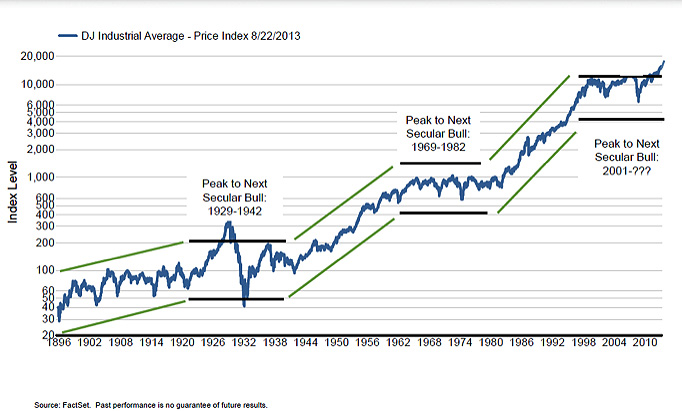This post is provided by Zach Gould our former summer intern and current college campus envoy. From his perspective at the University of South Carolina, Zach offers his take on funding the ever-rising cost of a college education.
The time before, during, and after college can be truly hectic. The packing, the dorm room decorating, it can all be mayhem and the financials can easily be forgotten. I should know! I didn’t do a great job of managing the financials when I was applying to college. Sure I spent hundreds of hours finding which school was the best for business, or which schools had the nicest dorms and on-campus restaurant options, but I put the financial aspect on the back-burner. The reality is that there are a ton of resources out there to help pay for college and to help budget money. The biggest thing is taking a look at these resources before the opportunities to utilize them pass you by.
FAFSA: Don’t Miss the Deadline
The first resource is FAFSA, which stands for Free Application for Federal Student Aid. This is a form that I highly recommend filling out before sending in that first tuition check or even choosing a school. FAFSA becomes available every year on Jan 1st. Check with your individual state, as different states have different deadlines for submission. For this past school year, the deadline in the state of Michigan was March 1, 2013. Federal student aid can come in a variety of forms, from work-study programs (where you work part-time and the money goes directly to paying for your tuition), to low or no interest loans, and even to aid that doesn’t require repayment. And don’t think that you don’t qualify because you or your family is well-off. There are a variety of factors that are looked at and it can’t hurt to apply!
Scholarship Scoop
While I failed at getting a FAFSA in on-time/at all, I did take advantage of one amazing resource that is offered by almost every college out there: SCHOLARSHIPS. Scholarships are probably the most important and valuable resource in helping to pay for school. I can say with all certainty that without scholarship money, I would not be attending the University of South Carolina. As a resident of North Carolina, I noticed that the out-of-state tuition for almost everywhere was triple if not quadruple the in-state tuition rates at many universities. In fact, the University of Michigan has one of the highest out-of-state tuition rates, coming in at over $40,000 per year before any fees or room and board. The University of South Carolina has a particularly attractive scholarship program. The university offers scholarships to qualified out-of-state students that not only reduce the tuition to the in-state rate, but also take-off additional money. I am currently attending an out-of-state school, while paying less than the rate I would pay for an in-state school. See if any of your potential schools have a similar scholarship. The best place to look ships is on the school’s website. Make sure you take extra note of deadlines, as many scholarships have early deadlines.
Study Abroad Secrets
In addition to tuition scholarships, there are scholarships or grants to do things while in school. A friend of mine started early in looking at scholarships for her semester of studying abroad in Italy and received a few thousand dollars to help pay for her semester abroad. This gave her more options once abroad to travel and experience the local culture with the money she saved. At the University of South Carolina there are scholarships available through each language department and there are also general study abroad scholarships or grants that could be applied for within or separate from the school. I truly wish I had taken advantage of these scholarships, as I found out very quickly last semester how expensive it is to live for 4 months in Paris. Like the other financial resources, getting scholarship applications submitted early is imperative and many require written recommendations from professors or other references which can often be a lengthy process.
The opinions are those of Zachary Gould and The Center for Financial Planning, Inc., and not necessarily those of RJFS or Raymond James.

 The Social Security Administration has announced a cost of living adjustment (COLA) to recipients’ monthly Social Security and Supplemental Security Income (SSI) benefits. More than 57 million Americans will see the 1.5% increase in their payments beginning on December 31, 2013.
The Social Security Administration has announced a cost of living adjustment (COLA) to recipients’ monthly Social Security and Supplemental Security Income (SSI) benefits. More than 57 million Americans will see the 1.5% increase in their payments beginning on December 31, 2013.















